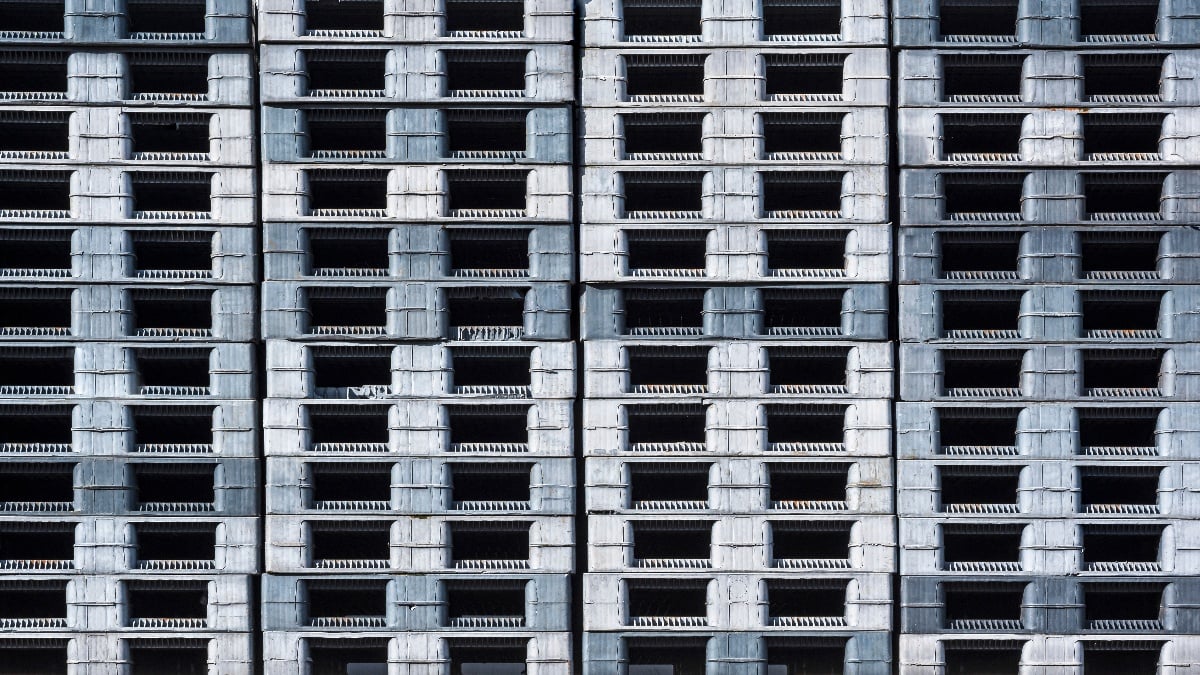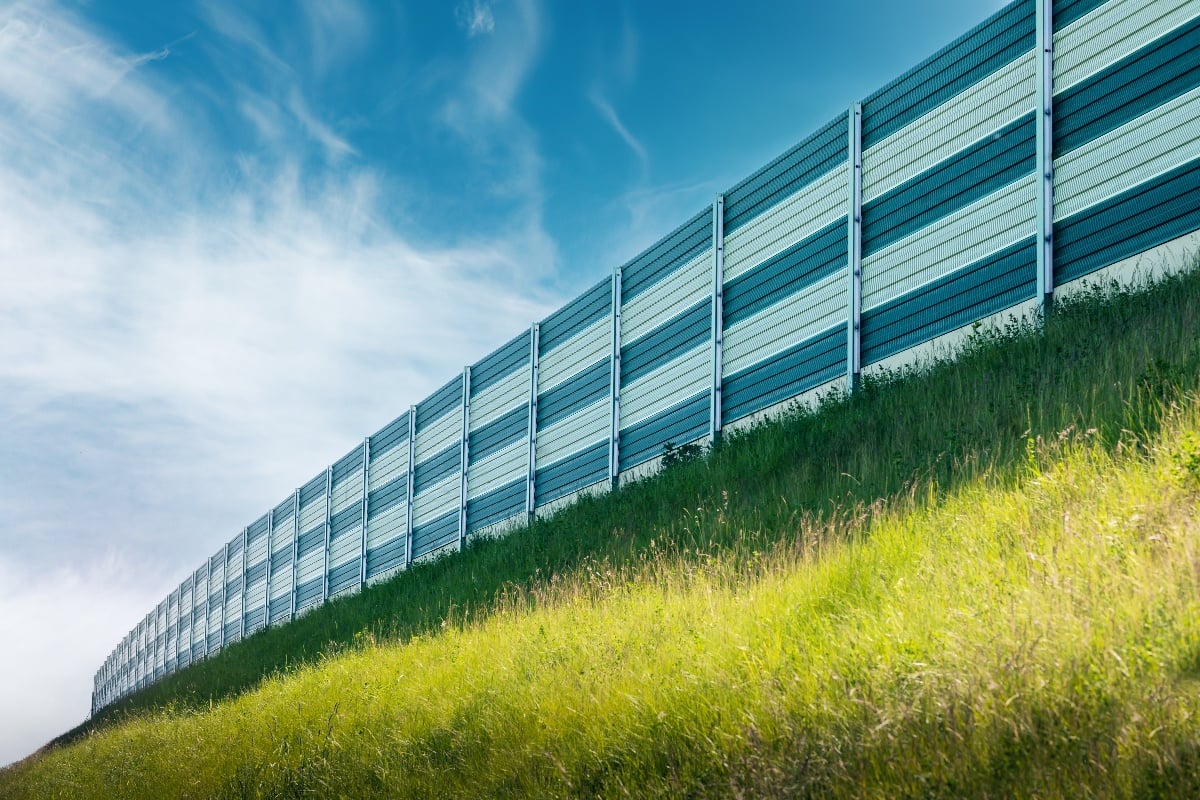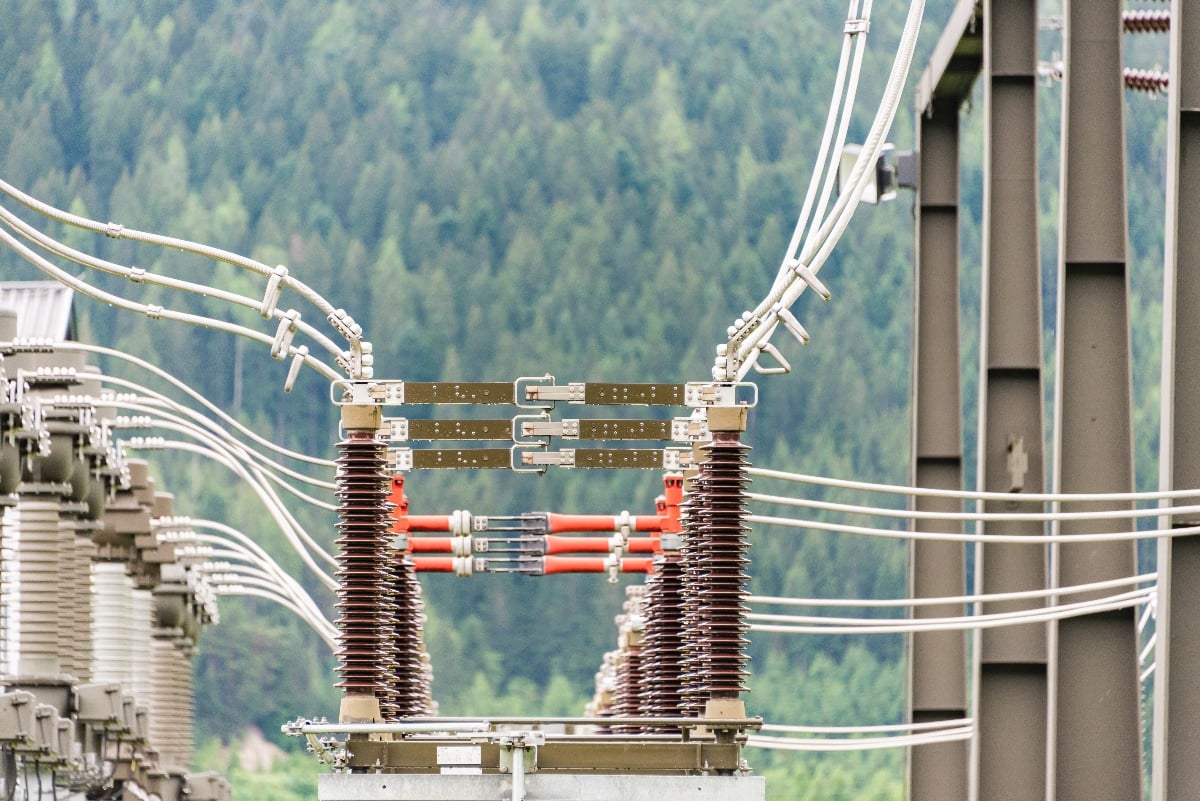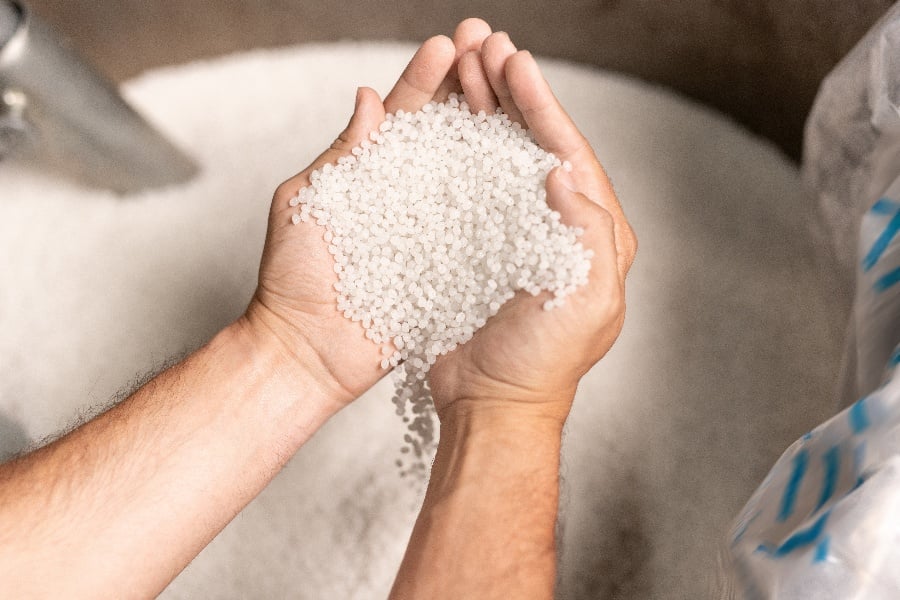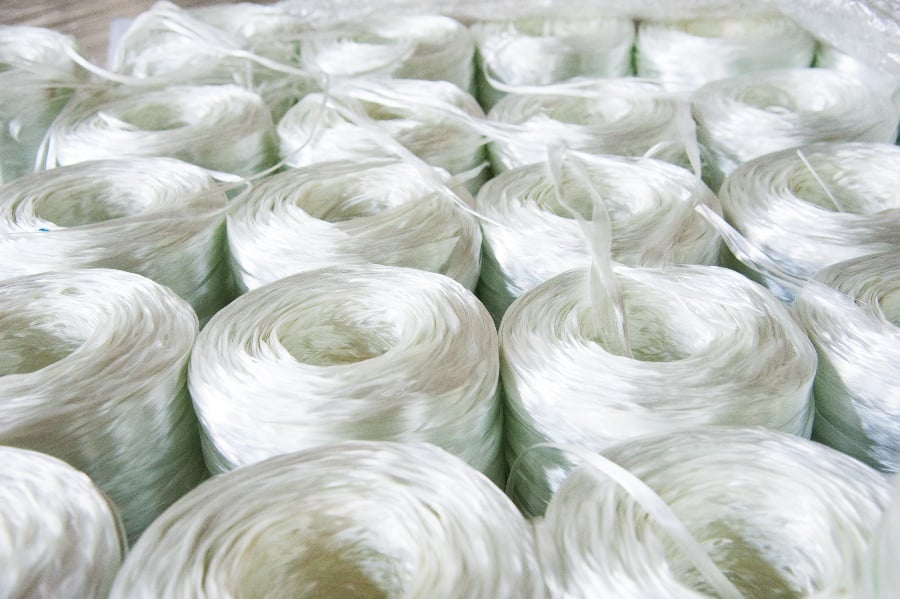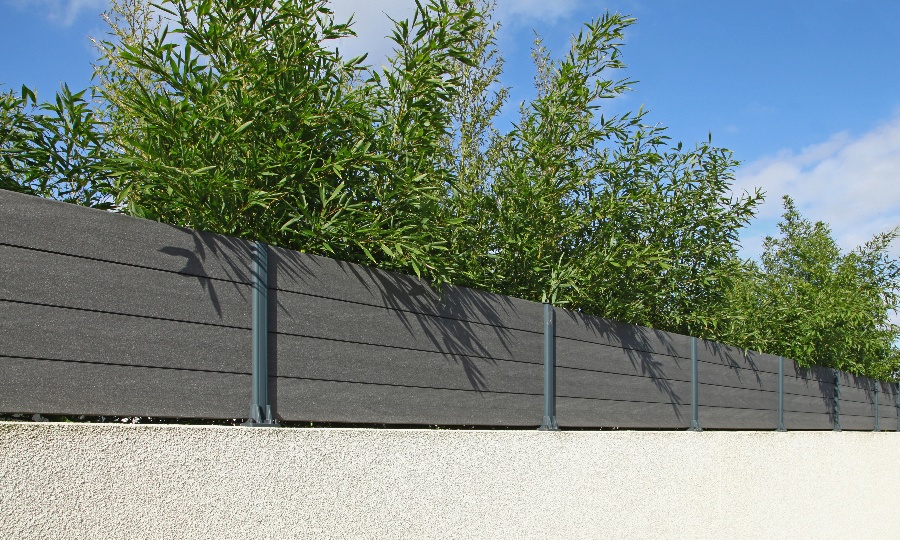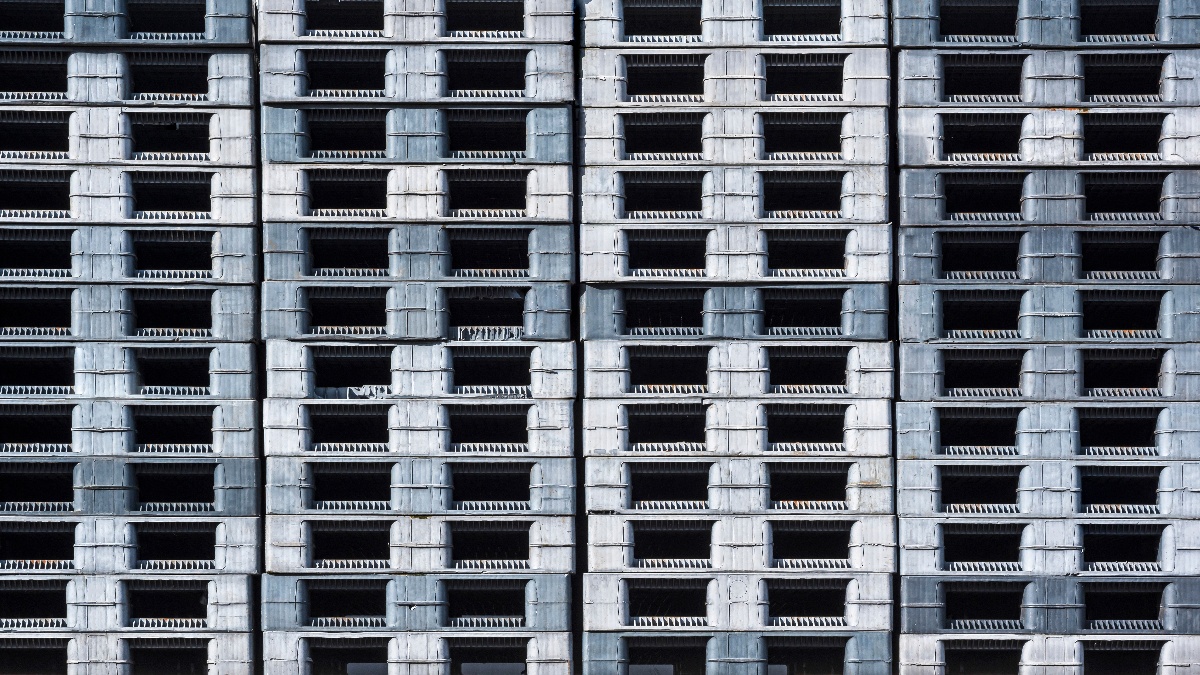
Pallets are flat structures used to store and transport goods and materials efficiently. They provide a stable base that can be easily lifted and moved with forklifts and pallet jacks. Pallets come in a wide variety of sizes, shapes, and designs but ultimately serve the purpose of facilitating the handling, stacking, and storage of products.
A pallet must be durable and bear significant weight without cracking or failing. Their strength is especially important considering the heavy loads and movement involved in logistics and shipping. Pallet design factors such as materials, construction, and reinforcements are therefore critical to performance.
However, as industries evolve and demands change, the simple wooden pallet is sometimes pushed to its limits. Certain goods, due to their weight, size, or fragility, necessitate a more robust structure to prevent potential damage during transport. This is where the concept of reinforcement enters the scene.
The need for reinforced pallets is evident in various sectors such as heavy machinery, electronics, and pharmaceuticals, among others. These reinforced designs ensure that goods, regardless of their nature, are delivered without the risk of damage, thereby saving businesses from potential financial losses and upholding their reputation in the market.
This article will delve deeper into the intricacies of pallet reinforcements, exploring design considerations and the diverse materials employed in the process. By understanding the pivotal role of reinforced pallets, businesses can make informed decisions that benefit not only their bottom line but also the global supply chain as a whole.
Basic Pallet Structure
At first glance, a pallet might seem like a straightforward wooden platform, but its design is the result of careful consideration and engineering. The primary components that make up a standard pallet are:
Stringers
These are the horizontal boards or beams that run between the top and bottom deck of the pallet. Stringers provide support to the deckboards and give the pallet its shape. They are essential for ensuring the pallet can handle the weight placed on it.
Deckboards
These are the flat boards that create the actual surface of the pallet, both on the top and bottom. Goods are placed directly on the top deckboards, while the bottom deckboards come in contact with the ground or storage racking. The alignment and spacing of these boards can significantly affect the pallet's load-bearing capacity and stability.
Blocks
Some pallet designs, especially block pallets, replace stringers with solid blocks of wood or other materials. These blocks are placed at the corners and sometimes the center of the pallet, providing a more uniform support base. They also allow forklifts and jacks to access the pallet from all four sides, increasing handling flexibility.
The structural design of these components and how they interconnect influences the strength, rigidity, and load-bearing capacity of the finished pallet. Stringer width and thickness affects strength. Deckboard density, quantity, overlap and fastening determines floor performance. Block size, spacing, and fit with deckboards provides stability. A solid pallet design properly leverages these elements.
Types of Typical Pallet Reinforcements
Metal Reinforcements
Metal plates, brackets, and rods are commonly used as reinforcements in pallets. Steel and aluminum are popular options. Metal reinforcements add considerable strength and load-bearing abilities to pallets. They reinforce the pallet at critical stress points and junctures. Metals do not degrade as rapidly as wood when exposed to weathering.
Additional Wood or Composite Material Layers
Doubling up on deckboards, stringers, and blocks with extra layers of wood is a simple way to improve strength. While adding weight, the extra layers provide more structural support and rigidity. Composite wood materials like plywood and oriented strand board (OSB) are also effective reinforcements.
Protective Edge Guards and Corners
Edge guards and corner protectors prevent the wear, tear, and splintering that occurs on pallet edges with use. Plastic, rubber, and metal guards shield corners and edges from direct impact while smoothing surfaces.
Reinforced Blocks
Pallet blocks can be reinforced by inserting metal rods or high-strength plastic into the blocks. This adds durability, preventing the blocks from dislodging or splitting over time.
How Pallet Reinforcements Work
The primary objective of any reinforcement is to bolster an existing structure, improving its resilience, longevity, and functionality. When it comes to pallet reinforcements, the goal is to strengthen the pallet to withstand heavier loads, endure more extended periods of use, resist environmental damages, and minimize potential breakage during transportation or warehousing. Here's a breakdown of how these reinforcements function:
Load Distribution
A significant role of reinforcements is to ensure even distribution of the load. When goods are placed on a pallet, the weight exerts pressure on specific points. Reinforcements, whether they are additional layers of wood, metal plates, or other materials, help distribute this weight more evenly across the pallet's surface, reducing the risk of sagging or breakage.
Increased Structural Integrity
By adding reinforcing elements like metal rods or plates, the overall structural integrity of the pallet is boosted. These additions act as a backbone, providing support to the wooden or plastic components of the pallet and ensuring they remain in place even under stress.
Resistance to External Damages
Pallet reinforcements are not just about bearing weight. They also protect the pallet from external factors. For instance, metal or composite reinforcements can resist damage from moisture, which could otherwise weaken a wooden pallet. Similarly, protective edge guards prevent wear and tear on the pallet's most vulnerable points, ensuring longevity.
Enhanced Flexibility
Some reinforcements are designed not just for strength but also flexibility. Flexible reinforcements, like certain composite materials, can absorb shocks and impacts better than rigid ones, reducing the chances of the pallet breaking when subjected to rough handling.
How FRP Pallet Reinforcements Work
Fiberglass Reinforced Plastics (FRP) are a potential game-changer in the world of pallet reinforcements. Their unique combination of lightweight properties, strength, and durability makes them an ideal candidate for enhancing pallet performance. Here's a detailed look into how FRP reinforcements function in pallets:
Composite Strength
FRP, as a composite material, merges the inherent tensile strength of fiberglass with the flexibility and moldability of plastics. When used in pallets, the resultant reinforced structure offers significant resistance to bending, warping, or breaking, even under heavy loads.
Environmental Resilience
FRP reinforcements provide pallets with a degree of protection against environmental factors. The composite is naturally resistant to moisture, chemicals, and temperature fluctuations, ensuring the pallet remains unaffected in varying conditions. This is especially crucial for goods that require storage or transport in humid, corrosive, or extreme environments.
Longevity and Durability
One of the standout features of FRP is its longevity. FRP-reinforced pallets are less prone to wear and tear, ensuring they last longer than traditional pallets. This durability translates to fewer replacements, repairs, and, consequently, cost savings.
Lightweight Enhancement
While metals can also offer reinforcement, they add significant weight to the pallet. FRP, on the other hand, provides strength without a corresponding substantial weight increase. This lightweight enhancement means that transport costs, especially where weight is a factor, can be reduced.
FRP pallet reinforcements operate by leveraging the composite nature of fiberglass and plastic, bringing together the best of both worlds. Whether it's bearing significant weight, resisting environmental challenges, or enduring the rough-and-tumble world of logistics, FRP-reinforced pallets stand tall, ensuring goods are transported safely and efficiently.

